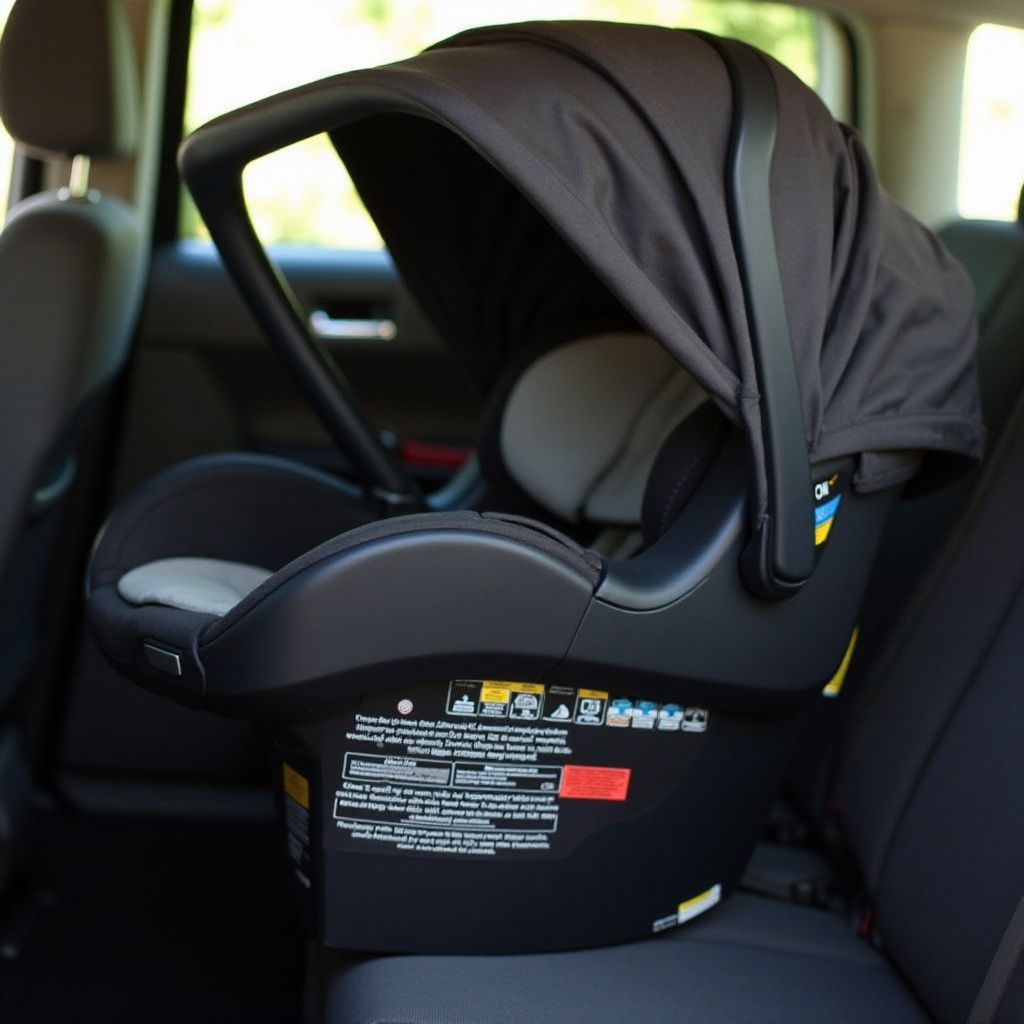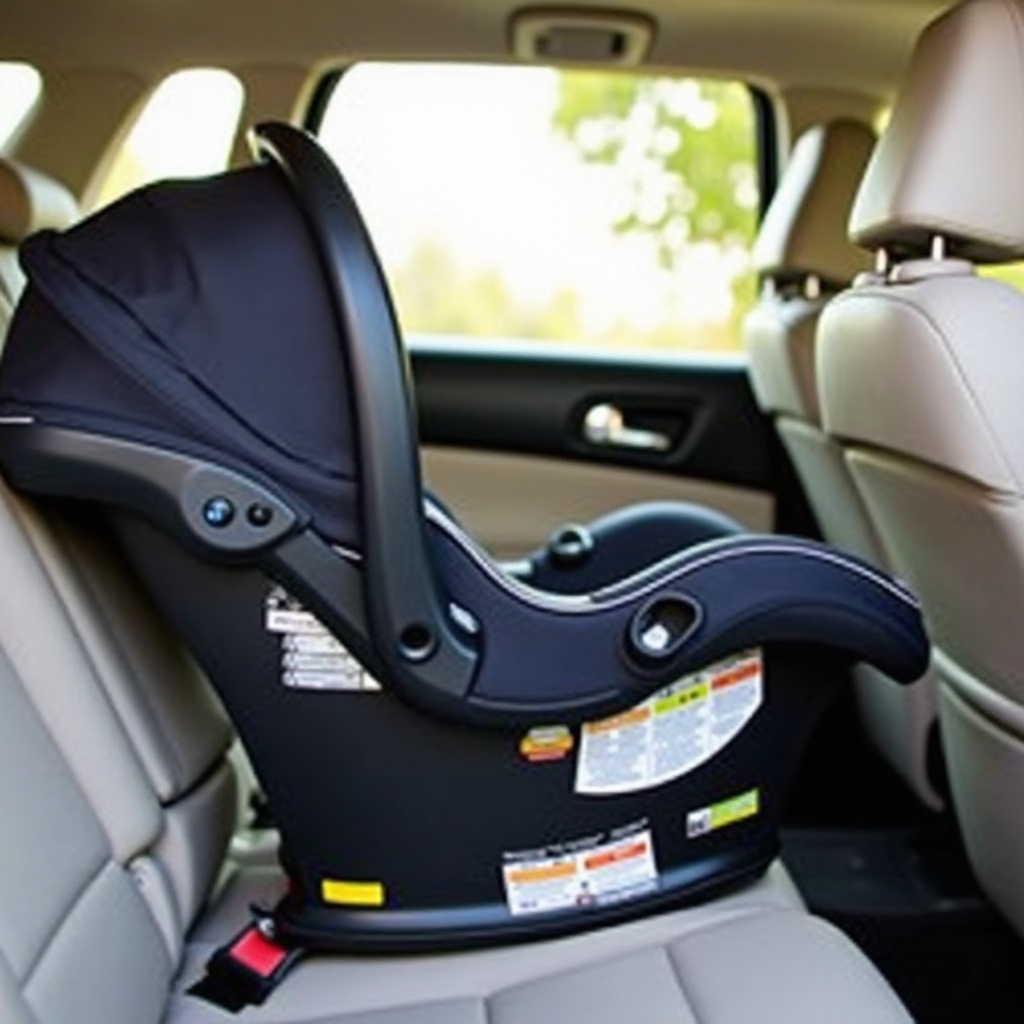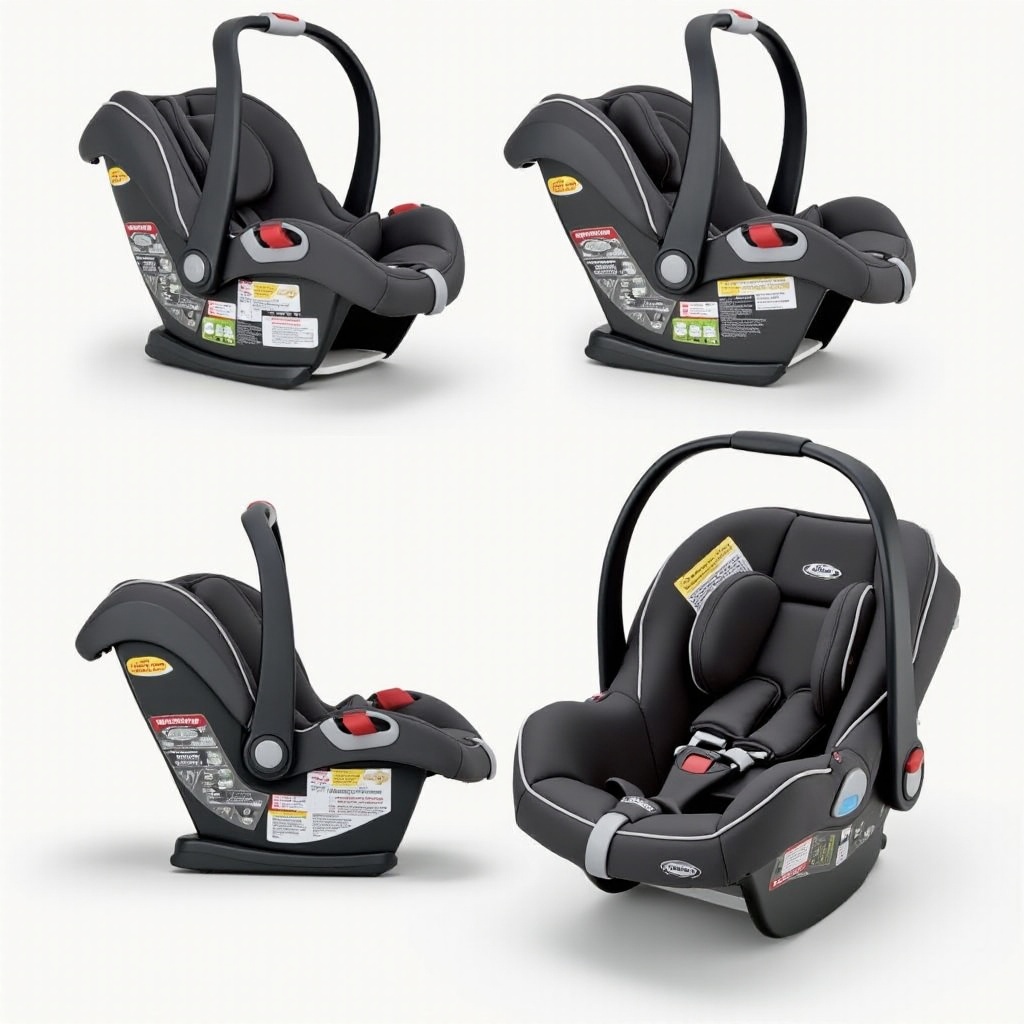Introduction
Ensuring your baby’s safety during car rides is paramount for any parent or caregiver. An essential component of this safety is understanding the weight limits on infant car seats, particularly those from reputable brands like Britax. Britax infant car seats are popular for their durability and advanced safety features. However, to maximize these benefits, it is crucial to adhere to the recommended weight limits. This blog will delve into the specifics of weight limits on Britax infant car seats, how to adjust the seats for varying weights, and when to transition to a different seat.

What is an Infant Car Seat?
An infant car seat is a specialized seat designed for newborns and smaller infants, providing the necessary support and protection during car travel. These seats are rear-facing to offer the best protection in case of a collision. The design includes a five-point harness system, cushioned interiors, and side impact protection to cradle the baby securely.
In addition to safety features, infant car seats often come with a detachable base that allows easy transfer between the car and a stroller. Britax stands out with its high-quality materials and extensive safety testing. Understanding the functionalities and importance of an infant car seat can help you use it more effectively and ensure your child’s safety on the road.
Importance of Adhering to Weight Limits
Keeping your child safe while traveling involves more than just using any car seat; it involves using it correctly. One critical aspect is adhering to the manufacturer’s weight limits. These limits are not arbitrary; they are determined through rigorous testing to ensure the car seat can protect your child in various situations.
Exceeding the weight limit can compromise the effectiveness of the car seat. A seat designed for infants may not support a toddler’s weight correctly, leading to potential safety hazards during sudden stops or accidents. Moreover, the harness system may not properly secure the child, increasing the risk of injury.
By following the recommended weight limits, you not only adhere to safety standards but also ensure that your investment in a high-quality product like Britax delivers its intended benefits. It’s a proactive step in safeguarding your child’s well-being.

Weight Limit on Britax Infant Car Seats
Britax offers a range of infant car seats, each with specific weight limits to cater to different stages of your child’s growth. Typically, Britax infant car seats are designed to accommodate babies from 4 pounds up to about 35 pounds. Here are some specifications for popular models:
-
Britax B-Safe Gen2 FlexFit: This model can handle infants weighing between 4 and 35 pounds. Its design emphasizes both comfort and safety, with a high emphasis on side impact protection.
-
Britax Endeavours: With a similar weight range, this car seat includes additional features like an anti-rebound bar and a steel frame for enhanced protection.
-
Britax B-Safe 35: Suitable for infants from 4 to 35 pounds, this model focuses on easy installation and compatibility with Britax strollers.
It is essential to check the specific model’s manual to confirm the weight limits and ensure you are using the seat correctly. Knowing and adhering to these limits maximizes safety and durability.
Adjusting Britax Car Seats for Different Weights
As your baby grows, you’ll need to make adjustments to the car seat to ensure it continues to provide the best protection. Here’s how you can adjust Britax car seats for different weights:
-
Harness Height: The harness should be at or just below your infant’s shoulders. Britax seats often feature multiple harness positions, which allow for easy adjustments as your child grows. Make sure the harness fits snugly without any slack.
-
Recline Angle: Most Britax infant car seats include a built-in level indicator to ensure the proper recline angle. This is especially important for newborns, who need more recline to keep their airways open. Adjust the angle as your baby grows following the manual’s instructions.
-
Head Support and Padding: Britax car seats come with removable newborn inserts to provide additional support. As your baby grows and reaches the weight limit provided in the user manual, remove the inserts to provide more space for the growing child.
Regularly inspect the car seat for any adjustments needed and ensure that all changes are in line with the manufacturer’s guidelines. This prevents misuse and keeps your baby safe.

Transitioning from Infant Car Seats
Transitioning from an infant car seat to a different type of car seat is another critical step in ensuring ongoing safety for your child. Once your child surpasses the weight or height limit of the Britax infant car seat, it’s time to transition to a convertible car seat.
Convertible car seats are designed to grow with your child. They can be used in a rear-facing position for infants and toddlers and switched to a forward-facing position as your child grows. Britax offers several convertible car seat models, making the transition smooth and maintaining the same high safety standards.
The key indication for transitioning is when your child reaches the weight or height limit specified for the infant car seat. Always check these limits to ensure your baby is in the right seat for their growth and development.
Conclusion
Understanding and adhering to the weight limits on Britax infant car seats are paramount for maintaining your child’s safety. Making necessary adjustments as your baby grows and knowing when to transition to another seat are equally crucial. By following these guidelines, you can ensure your child’s safety and maximize the benefits of your Britax infant car seat.
Frequently Asked Questions
How do I know if my Britax car seat is properly installed?
To ensure your Britax car seat is properly installed, follow these steps: – Check the Manual: Always start by reading the car seat manual for specific installation instructions. – Base Installation: Ensure the base is securely attached using the LATCH system or seat belt. – Seat Angle: Use the built-in level indicators to verify the recline angle. – Harness Tightness: The harness should be snug without being too tight. Ensure no slack is present.
Can I use a Britax infant car seat after my child exceeds the weight limit?
No, it is unsafe to use an infant car seat once your child has exceeded the weight limit. The seat may not properly support or protect your child, leading to increased risk of injury in case of an accident. Always transition to a suitable car seat when your child outgrows their infant seat.
What should I do if my Britax car seat shows signs of wear and tear?
If your Britax car seat shows signs of wear and tear, take the following actions: -Inspect Regularly: Check the seat for any visible cracks, broken parts, or frayed harnesses. -Contact Manufacturer: Reach out to Britax customer service for advice or possible replacement parts. -Discontinue Use: Do not use a car seat that shows significant wear and tear. Replace it with a new model to ensure your child’s safety.
